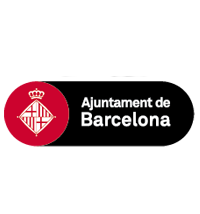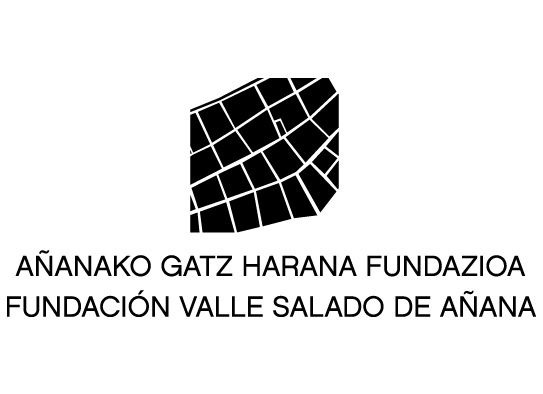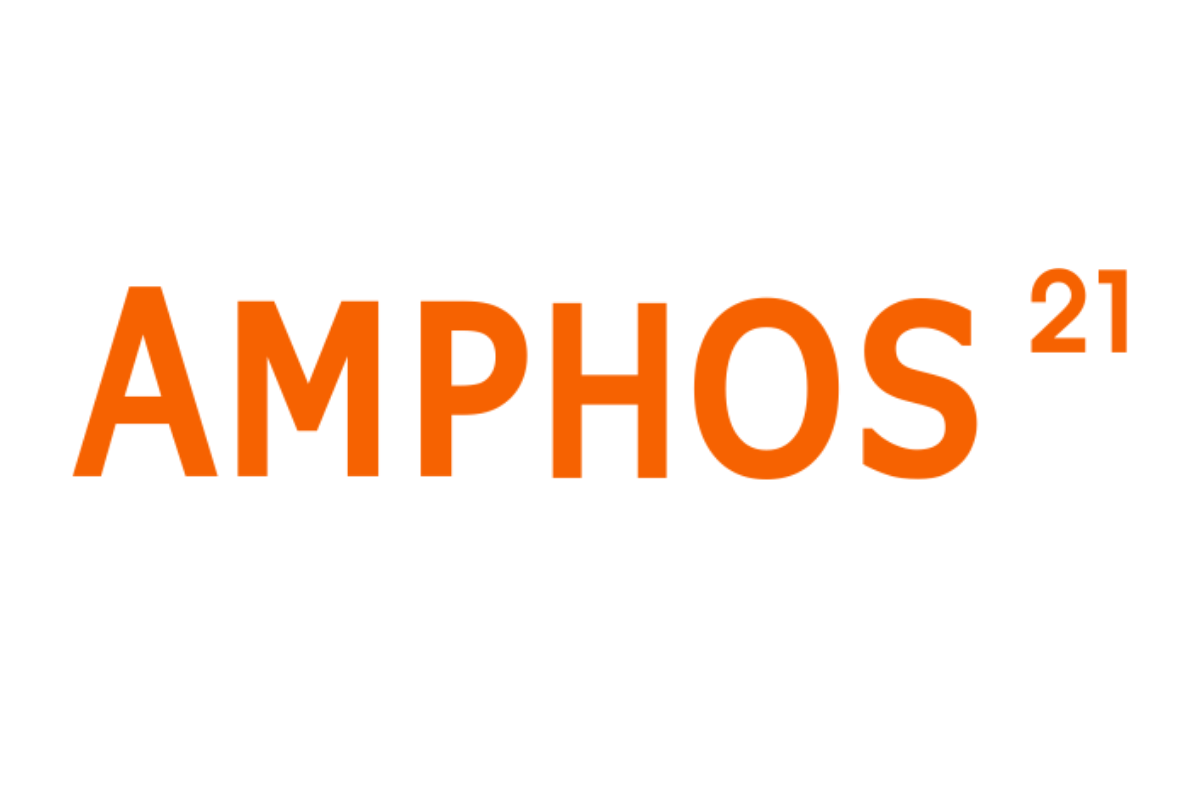Bienvenido a Science into Images
Science into Images es una productora audiovisual dedicada a la producción y realización de documentales de historia natural, así como asesoramiento científico y colaboración con grupos de investigación. Cuenta con más de 30 años de experiencia en divulgación de ciencia y naturaleza a través de la imagen.
Audiovisual científico
Ver másImagen microscópica
Ver másImagen de naturaleza
Ver másAsesoramiento científico
Ver más¿Quieres ver nuestro trabajo?
En Science into Images combinamos ciencia y arte para capturar imágenes y vídeos únicos que revelan los secretos de la naturaleza.
Desde documentales cautivadores hasta un banco de imágenes científicas de alta calidad, nuestro objetivo es acercar la belleza y complejidad del mundo natural a todos.
Los trabajos de Science han sido vistas por millones de personas internacionalmente, dando así a conocer un poco mejor el maravilloso mundo que nos rodea,
tanto a simple vista como a través del microscopio.
Explora nuestros proyectos, servicios y portfolio para conocer un poco más de nuestro mundo científico.
Testimonios
de la Fundación Bancaria "la Caixa"
Han confiado en nosotros










Pasión por la ciencia y el arte visual
Tu aliado en comunicación científica.
Ofrecemos una variedad de servicios especializados para comunicar ciencia de manera visual.
Estamos aquí para responder tus preguntas, colaborar en proyectos o ayudarte a encontrar los recursos visuales que necesitas.
Contacta con nosotros si tienes un proyecto o quieres solicitar alguno de nuestros servicios..
